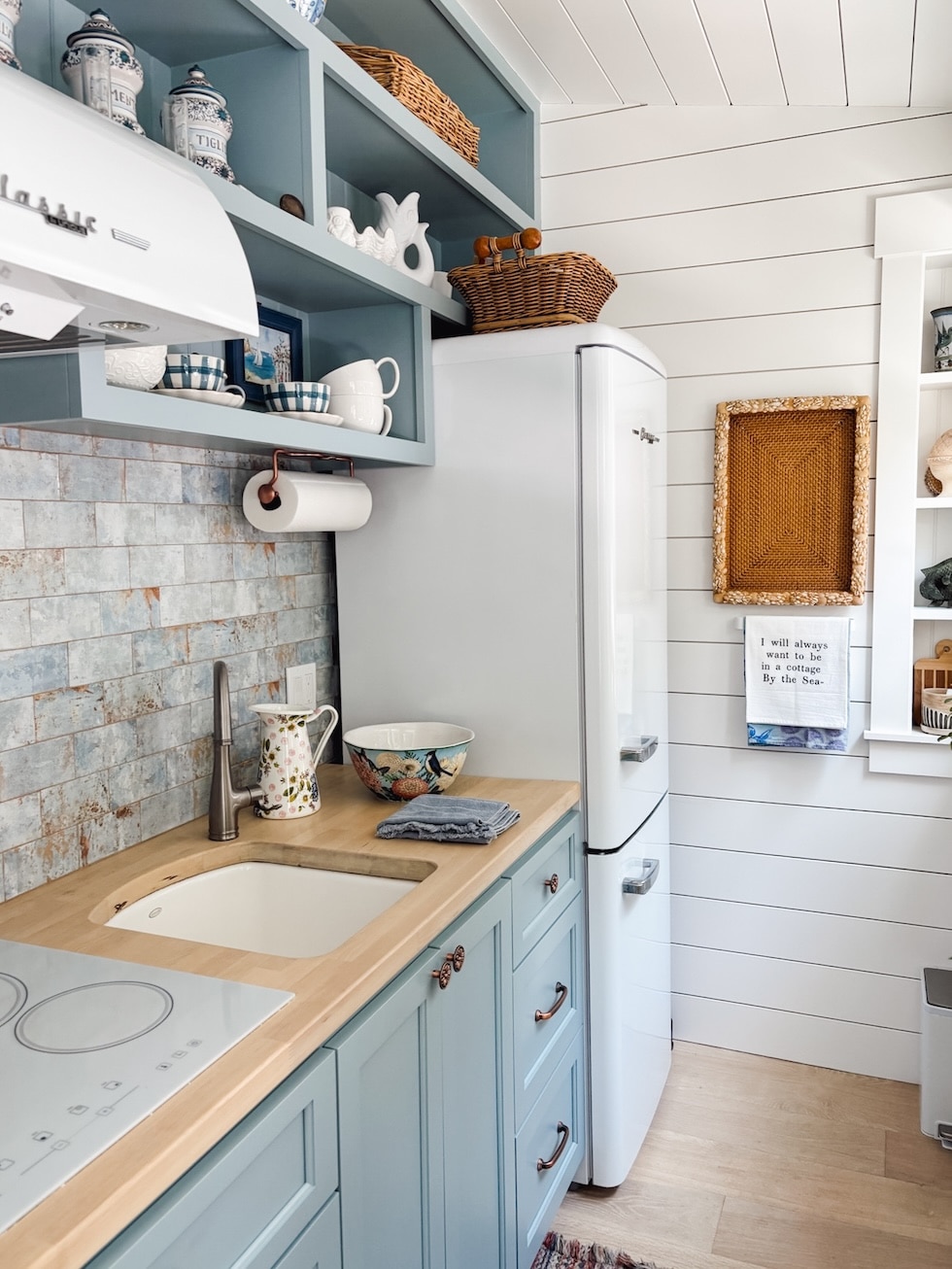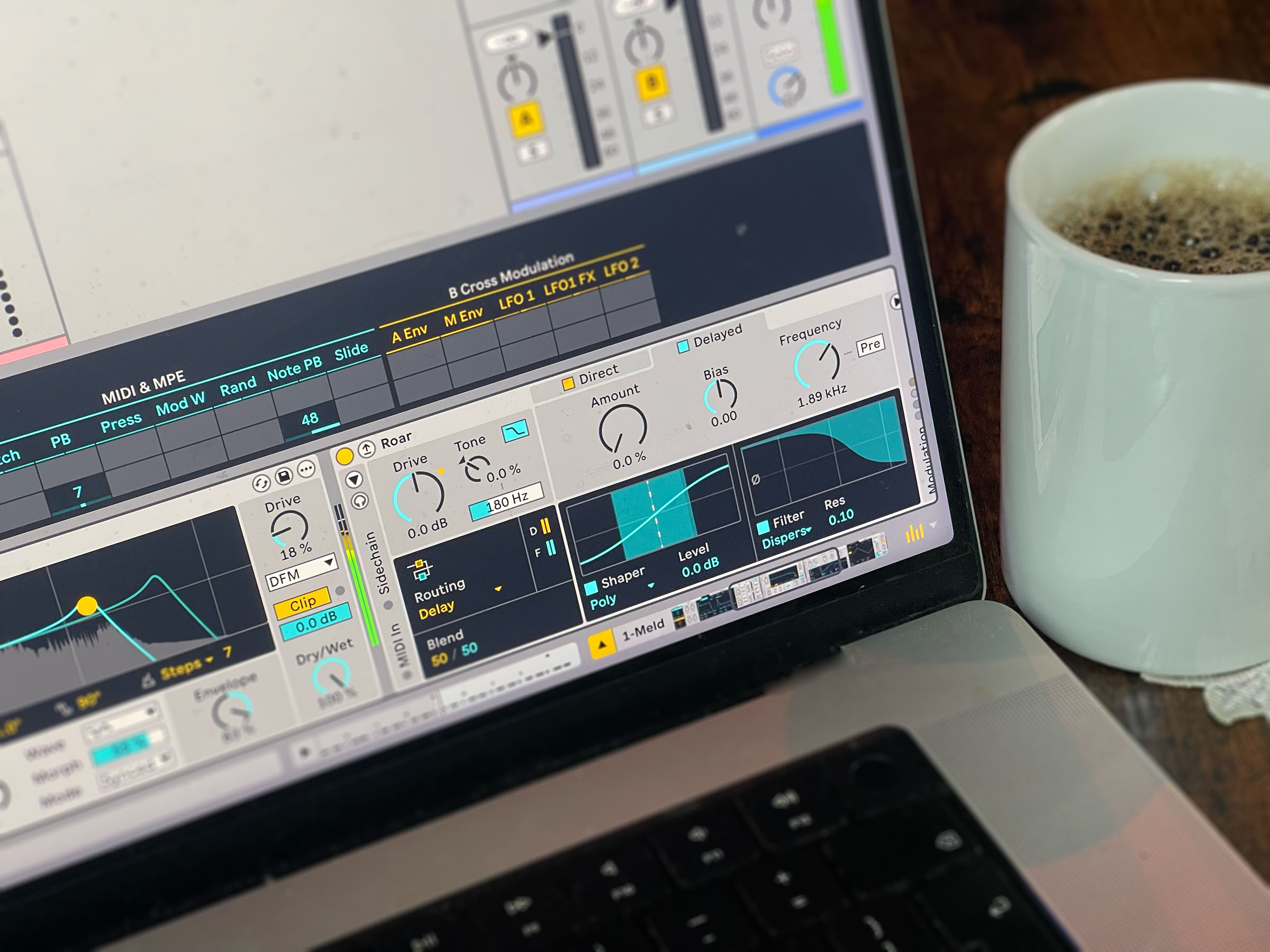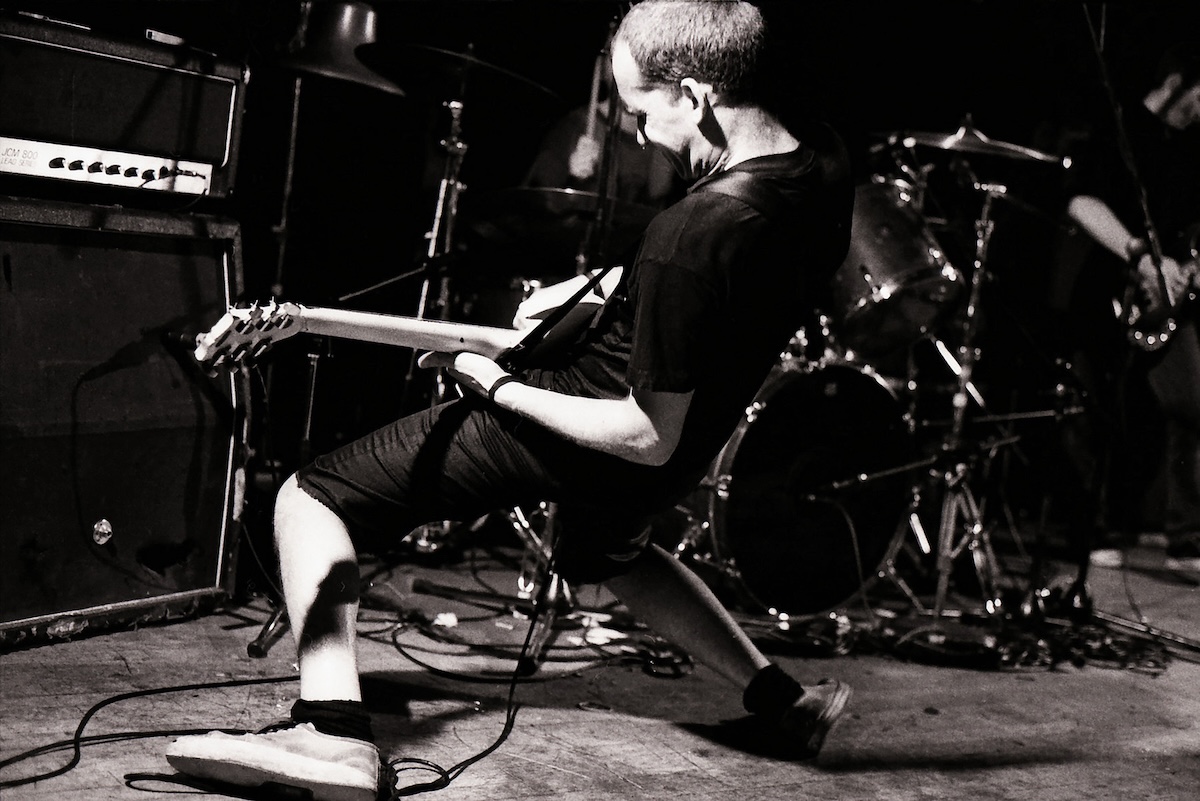Fujifilm X-E5 Adds 7-Stop In-Body Image Stabilization to Rangefinder Series
Fujifilm X-E5 Adds 7-Stop In-Body Image Stabilization to Rangefinder SeriesThe Fujifilm X-E5 is the newest camera in their classic rangefinder-style series, inspired by the popular X100VI but with the ability to change lenses. This...


The Fujifilm X-E5 is the newest camera in their classic rangefinder-style series, inspired by the popular X100VI but with the ability to change lenses. This is the first X-E camera to feature built-in image stabilization and a premium aluminum body, making it perfect for photographers who love the vintage look but want more lens options. What makes this camera special is its customizable film simulation dial that lets you save your own photo styles for instant access. Whether you’re shooting street photography, travel content, or lifestyle portraits, the X-E5 lightweightness fits easily into your everyday bag, delivering professional-quality results that stand out on social media.
Designer: Fujifilm
With over 40 X Mount optics available, users can adapt the camera to various creative needs while maintaining a compact form factor and classic design appeal. The X-E5 weighs 445 grams including battery and memory card, representing minimal weight gain despite adding in-body image stabilization compared to the X-E4.

The camera features the first customizable Film Simulation dial in X Series history. The dial provides quick access to Fujifilm’s Film Simulation modes while offering three additional positions (FS1, FS2, FS3) for storing custom recipes. Users can create and save personalized settings for immediate recall during shooting sessions.
Machined Aluminum Construction and Design Details
The camera’s top plate uses machined aluminum construction, a first for the X-E series. The distinct tapered design on the rear enhances metallic texture while improving dial operability. Sharp, flat edges combine with curved surfaces to deliver smooth metallic texture and high rigidity.

Design refinements include a flush-mounted viewfinder and diopter adjustment control. The offset electronic viewfinder echoes classic rangefinder styling, while a Bluetooth connectivity button positioned on the base mimics a film rewind button. These details bridge digital functionality with analog aesthetics.
Knurling at the lens mount base provides secure grip during lens changes. The manual focus ring includes high-frequency position detection for precise manual focus with minimal rotation angle. A fixed spacer between manual focus and aperture rings enables easier adjustment while composing through the viewfinder.
Refinement appears in every aspect of X-E5’s design. The viewfinder and diopter adjustment control fit flush with the body. By refining vertical and horizontal elements, the design preserves the essence of a traditional camera while exuding sophisticated presence. The combination of machined aluminum construction with classic rangefinder proportions creates a camera that feels substantial yet remains highly portable.
40.2MP Sensor and Processing Engine
The X-E5 houses a back-illuminated 40.2-megapixel X-Trans CMOS 5 HR sensor paired with the X-Processor 5 imaging engine. Updated image processing algorithms deliver high resolution while maintaining high signal-to-noise ratio. The improved pixel structure records light more efficiently, unlocking ISO 125 as native sensitivity rather than extended option.

The electronic shutter capability reaches a maximum speed of 1/180,000 second for precise exposure control. The higher resolution sensor enables a two-step digital teleconverter, cropping the sensor to provide 1.4x or 2.0x zoom with minimal quality loss.

AI-based subject detection uses deep learning technology to recognize animals, birds, cars, motorcycles, bicycles, airplanes, trains, insects, and drones. The latest AF predictive algorithm delivers high tracking performance for moving subjects and high precision AF in low-contrast lighting conditions.
The sensor’s back-illuminated design improves light-gathering efficiency compared to traditional front-illuminated sensors. This architecture places the photodiodes closer to the surface, reducing light loss and improving performance at higher ISO settings.
Subject detection settings require specific configurations: Bird mode detects insects, while Airplane mode recognizes drones. The system analyzes subject movement patterns and predicts trajectory for improved tracking accuracy during continuous autofocus operation.
Seven-Stop In-Body Image Stabilization
The X-E5 becomes the first X-E model to include in-body image stabilization, offering up to 7.0 stops of correction at the center and 6.0 stops at the periphery. The system incorporates a new IBIS algorithm and upgraded gyro sensor to boost camera shake suppression across five axes (yaw, pitch, roll correction).

This IBIS implementation adds minimal weight and size compared to the X-E4, maintaining the compact form factor while enabling handheld shooting in challenging lighting conditions. The stabilization system works with the camera’s weather-resistant design, which handles dust, moisture, and temperatures down to -10°C (14°F).
Enhanced Electronic Viewfinder Capabilities
The offset electronic viewfinder offers multiple viewing modes that replicate optical viewfinder functionality. Classic Display mode positions all viewfinder information at the bottom of the screen with a metering gauge on the right side, mimicking an analog film SLR layout.

Three Surround View modes allow selection of black, semi-transparent, or line outline showing the image’s aspect ratio and areas outside the frame. This helps anticipate subjects moving into frame. Users can switch between these options using the Control Lever on the camera’s front.

The Control Lever provides additional customizable functions including aspect ratio changes and digital teleconverter magnification adjustment. This enables exceptional operability and versatility during one-handed operation.
Classic Display mode represents a significant departure from typical EVF layouts. Information placement at the bottom mimics traditional film camera viewfinders, creating familiar shooting experience for photographers transitioning from analog systems.
Surround View functionality extends beyond simple framing aids. The semi-transparent mode allows photographers to see approaching subjects before they enter the frame, while line outline mode provides precise composition guidance without visual distraction.
The Control Lever’s positioning on the front panel enables thumb operation without removing the eye from the viewfinder. This ergonomic consideration maintains shooting flow while providing quick access to frequently adjusted settings.
Video Recording and Monitor Design
Video recording reaches 6.2K resolution at 29.97fps with up to 200 Mbps bitrate. The camera includes tracking AF function during video recording for smooth footage. The 3.0-inch two-way tilting touchscreen LCD monitor features approximately 1.04 million dots resolution.
The rear monitor tilts upward and forward up to 180 degrees, accommodating compositions from high to low angles plus selfie positioning. This flexibility supports various shooting scenarios while maintaining the camera’s compact profile.
6.2K recording provides substantial resolution for post-production cropping and stabilization. The high bitrate ensures minimal compression artifacts during detailed scenes with complex textures or rapid movement.
New XF23mmF2.8 R WR Pancake Lens
The X-E5 pairs with the newly announced XF23mmF2.8 R WR pancake lens, available in kit form or separately. The lens provides 35mm equivalent focal length and weighs 90 grams (3.17 ounces) with 23mm overall length, matching the XF27mmF2.8 R WR dimensions.

Optical construction includes 8 elements in 6 groups with two aspherical elements to minimize aberrations from center to periphery. The lens features an 11-blade aperture diaphragm for smooth, circular bokeh, particularly effective at wider apertures of F2.8 and F4.

Close focusing distance reaches 20cm (7.9 inches) from the sensor, enabling frame-filling images of smaller subjects. The lens uses full-group focusing system to suppress aberration variation across focus positions, maintaining high image quality at close range.
A DC coreless motor provides rapid autofocus with minimal movement requirements. The lens includes 9 sealing points for dust and moisture resistance to -10°C (14°F). Weather sealing allows safe operation in light rain, cold, and dusty environments when paired with compatible camera bodies.
The 23mm focal length fills a gap in Fujifilm’s pancake lens lineup. While the XF27mmF2.8 R WR provides 41mm equivalent coverage, the XF23mmF2.8 R WR offers wider 35mm equivalent perspective for environmental portraits and street photography.

Fujifilm’s latest lens development techniques enabled the compact design. By increasing the number of metal components and making parts thinner while maintaining durability, engineers achieved the same 23mm length as the XF27mmF2.8 R WR despite different optical requirements.
The 11-blade aperture represents a significant upgrade over typical 7 or 9-blade designs. More blades create rounder aperture opening at all f-stops, producing smoother bokeh transitions and more circular highlight rendering.
Full-group focusing moves all lens elements together during focus operation. This design maintains consistent optical performance across the focusing range, preventing the aberration shifts common in designs that move only specific element groups.
Connectivity and Storage Options
Connectivity includes Bluetooth, Wi-Fi, USB-C, HDMI Type D, 3.5mm microphone input, remote release capability, and hot shoe mounting. Storage supports SD cards up to 2GB, SDHC up to 32GB, and SDXC cards up to 2TB, plus SSD support up to 2TB.

The camera supports UHS-I, UHS-II, and Video Speed Class V90 for high-speed data transfer during video recording and burst photography. Exposure modes include Program, Aperture Priority, Shutter Priority, and Manual (PASM) with exposure compensation from -5.0EV to +5.0EV in 1/3EV steps.

SSD support represents an advanced storage option for professional video work. External SSDs connected via USB-C provide faster write speeds and larger capacity than traditional SD cards, enabling extended 6.2K recording sessions without interruption.
Video Speed Class V90 ensures minimum sustained write speeds of 90 MB/s, crucial for high-bitrate 6.2K recording. This specification prevents dropped frames during intensive recording scenarios with complex scene content.
The post Fujifilm X-E5 Adds 7-Stop In-Body Image Stabilization to Rangefinder Series first appeared on Yanko Design.




![‘The Life of Chuck’ – Mike Flanagan & Kate Siegel Spotlight the Horror Stars in Stephen King Movie [Video]](https://bloody-disgusting.com/wp-content/uploads/2025/06/Screenshot-2025-06-12-134913.png)


























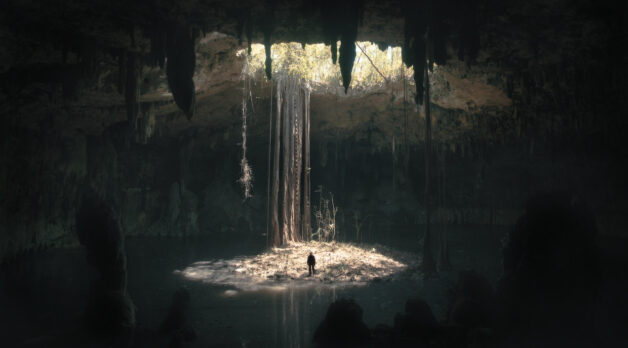




































































![‘Yellowjackets’: Christina Ricci Talks Misty Quigley’s Evolution, That Leather Jacket, Her Complicated Walter Bond & The Show’s Shifting Arc [Interview]](https://cdn.theplaylist.net/wp-content/uploads/2025/06/12125824/Christina-Ricci-Yellowjackets.jpg)

![‘Dying For Sex’: Creators Liz Meriwether & Kim Rosenstock Talk Michelle Williams & Jenny Slate Fearlessness, Sexual Awakenings & The Intimacy Of Showing Up For Friends [Interview]](https://cdn.theplaylist.net/wp-content/uploads/2025/04/04151935/FXs-Dying-for-Sex-Media-Guide-3.jpg)











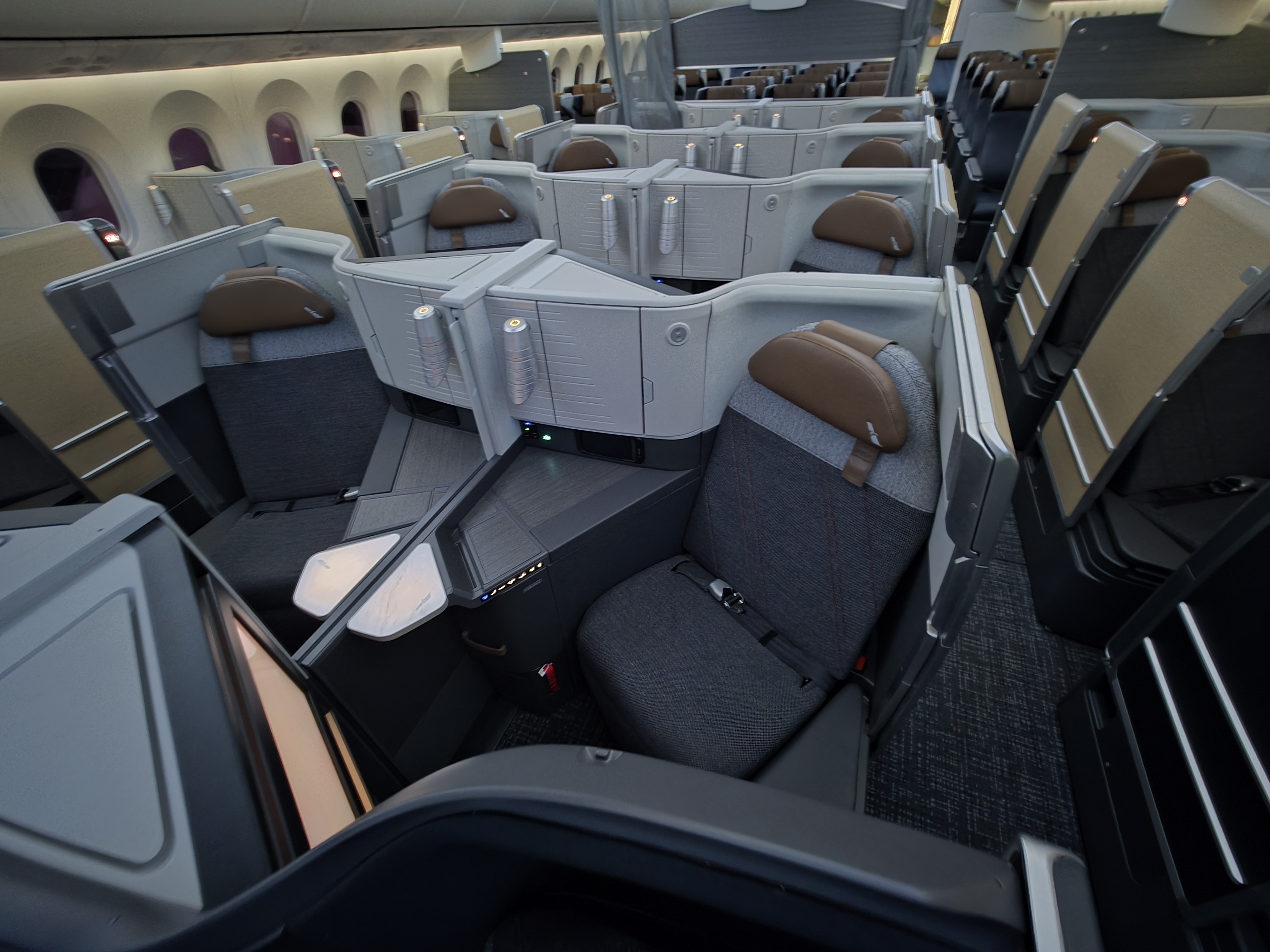















































































































-35-45-screenshot.png?width=1920&height=1920&fit=bounds&quality=70&format=jpg&auto=webp#)

-30-7-screenshot_0FxoE4J.png?width=1920&height=1920&fit=bounds&quality=70&format=jpg&auto=webp#)


















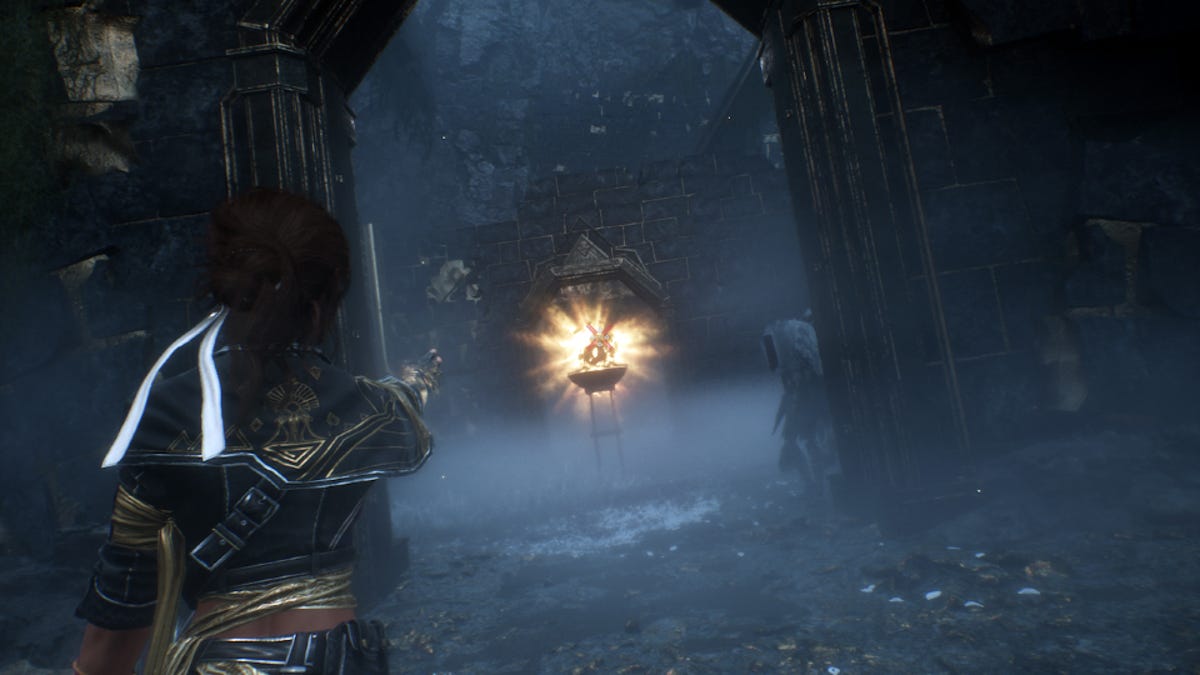




















































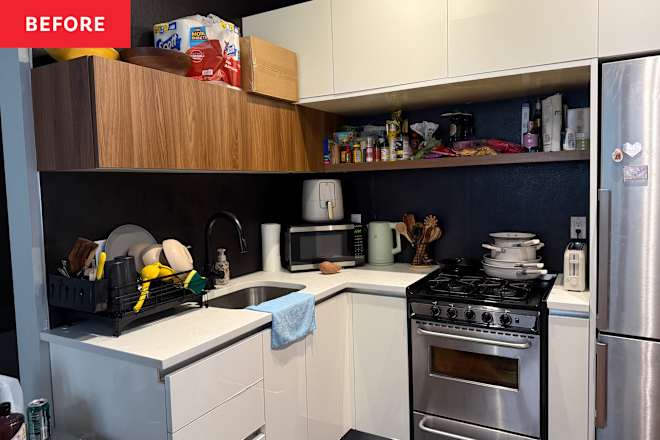

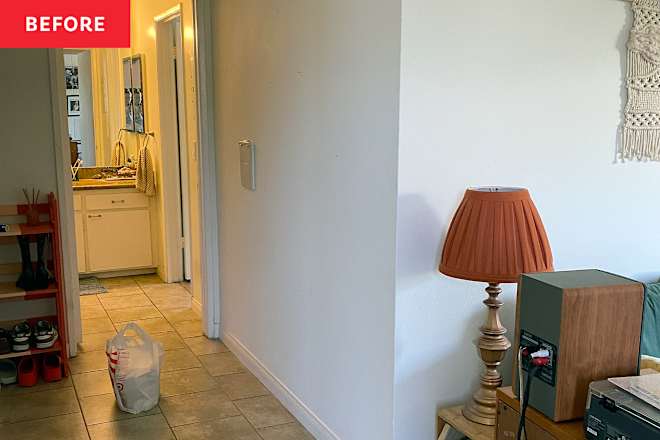










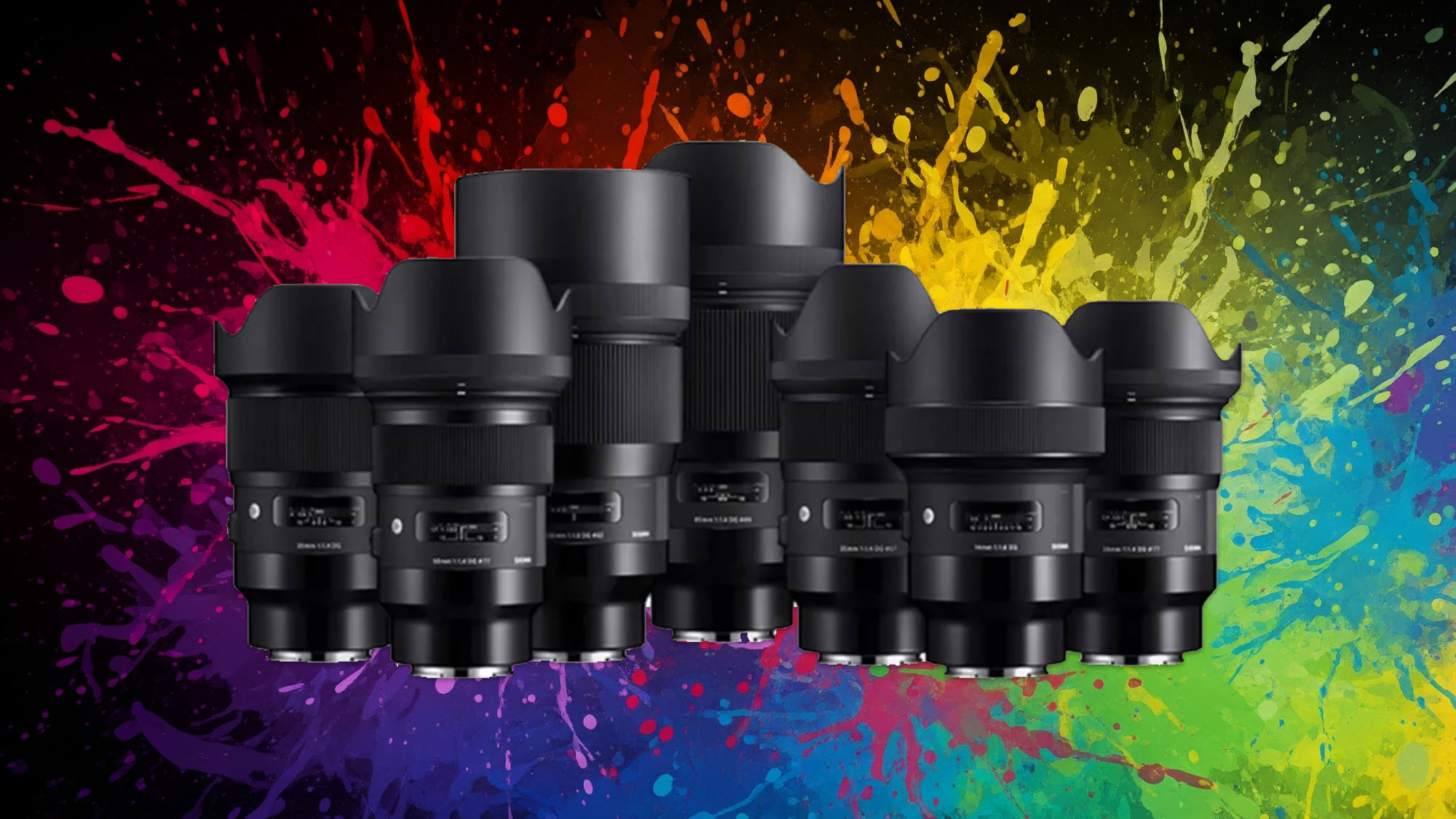








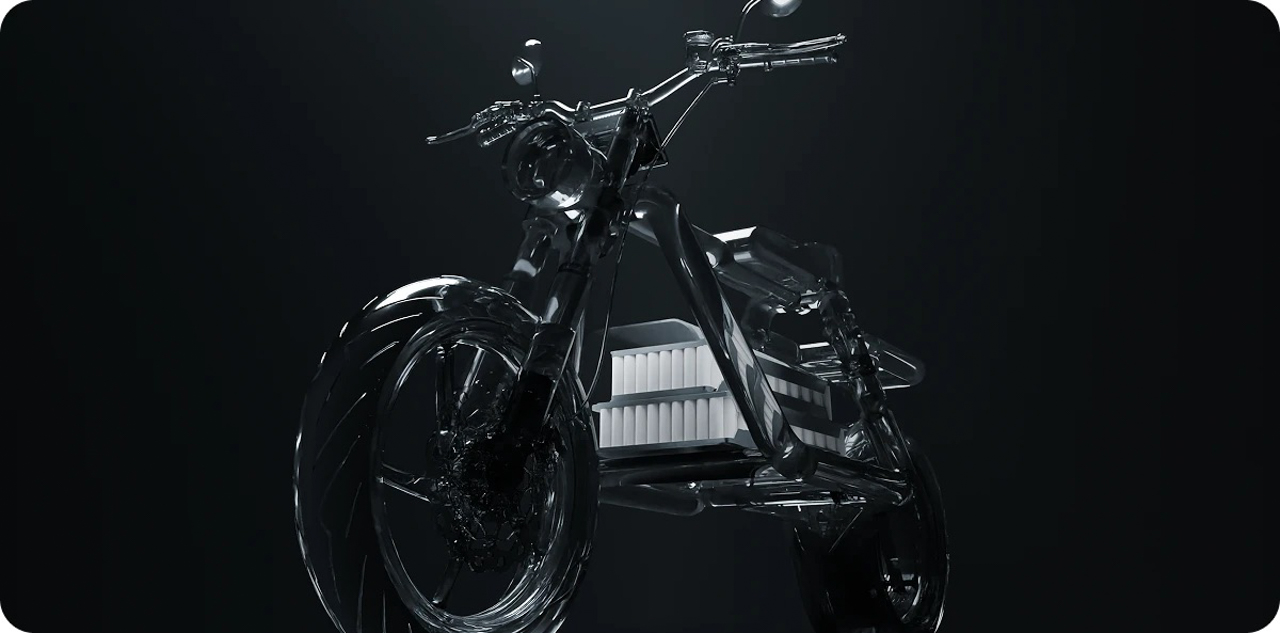

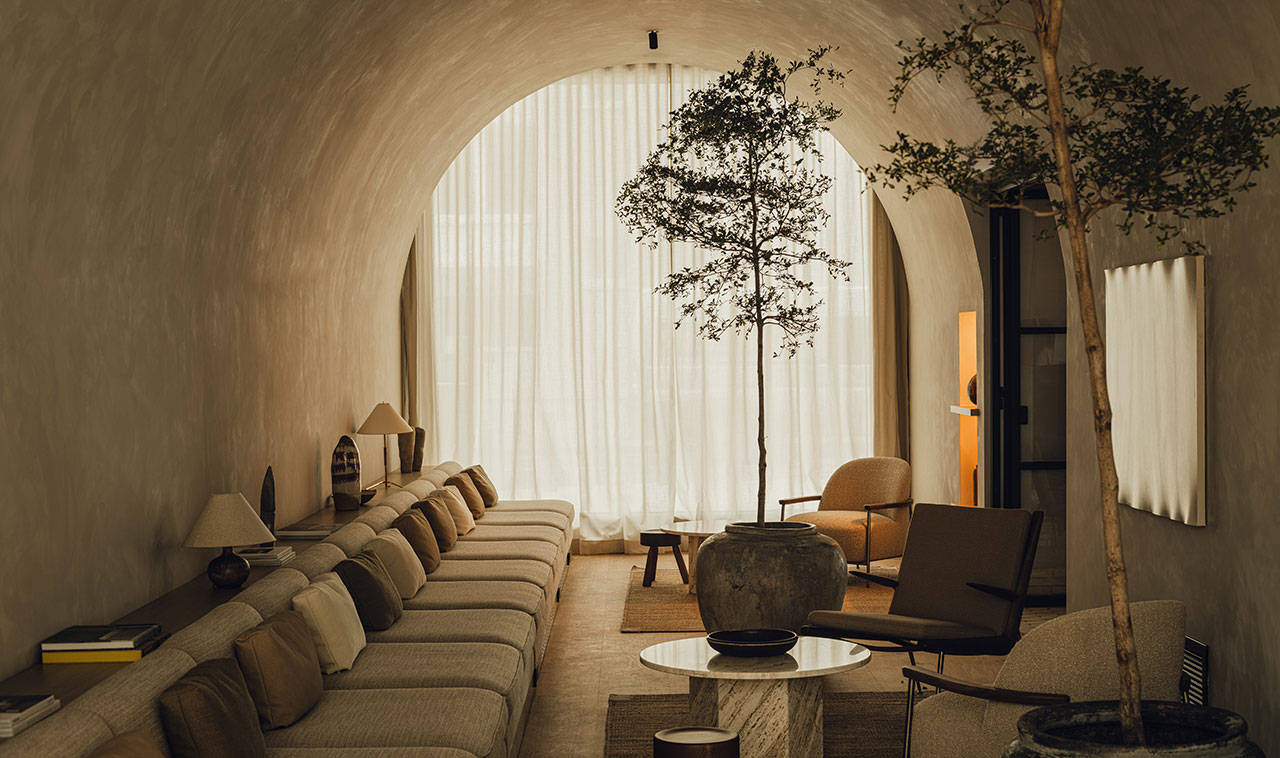













































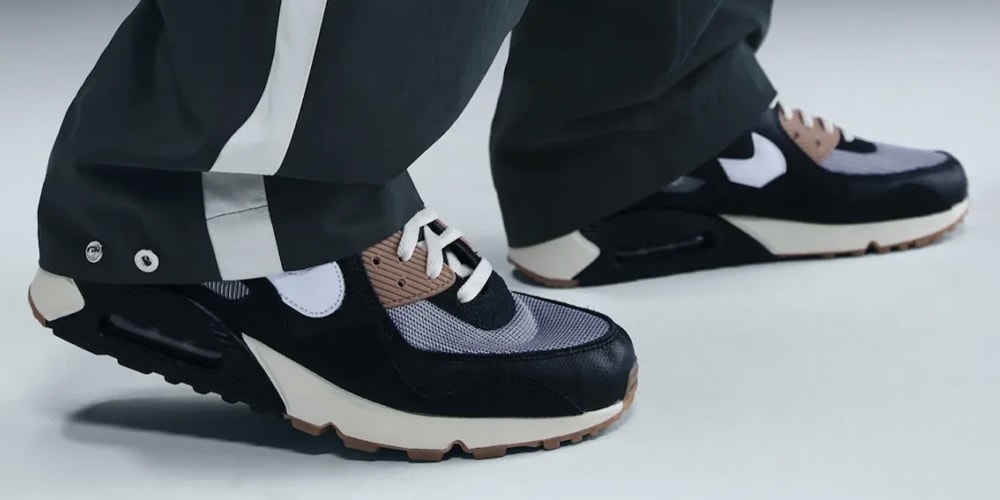

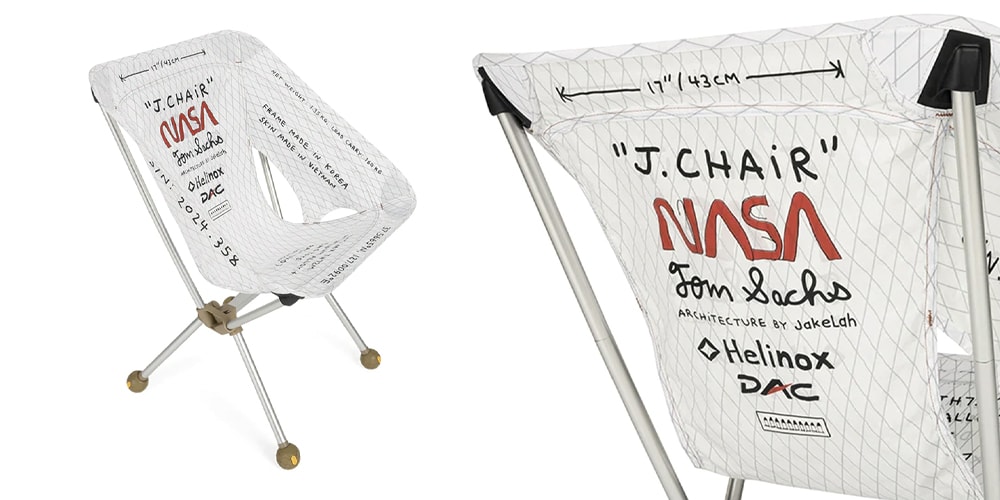

![[Podcast] Problem Framing: Rewire How You Think, Create, and Lead with Rory Sutherland](https://justcreative.com/wp-content/uploads/2025/06/rort-sutherland-35.png)





































